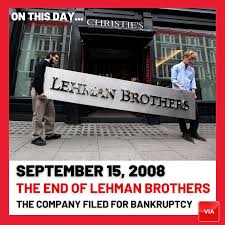Collateral Management Overview
What is Collateral?
Collateral is an asset or property that the borrower offers
to a lender to secure a loan. If the borrower fails to repay the loan, the lender
can take the collateral to recover their money. Collateral reduces risk for the
lender.
For example: in Home loan, house will be collateral; in Car
loan, vehicle will be collateral whereas in Business loan, equipment or
inventory can be collateral.
When Did Collateral Management Become Prominent?
While collateral has been used for centuries, modern
collateral management gained significant importance:
- Post-2008 Financial Crisis
- With the rise of OTC derivatives
Who are the parties in Collateral Management?
If there are two parties involved in Collateral Management,
it is called Bilateral Collateral or Bi-party Collateral and if there are three
parties involved in Collateral Management, it is called Tri-Party Collateral.
The two parties involved in Bilateral Collateral or Bi-party
Collateral are:
- Collateral Provider (Borrower)
- Collateral Receiver (Lender)
The three parties involved in Tri-Party Collateral Management
are:
- Collateral Provider (Borrower)
- Collateral Receiver (Lender)
- Intermediary (Investment Bank)
Why collateral needs to be checked periodically?
Collateral needs to be checked periodically for several
important reasons:
- Market Value Fluctuations
- Margin Call falling below threshold limit
- Changes in Borrower’s Credit Risk
- Potential Fraud or Misuse
- Regulatory and Compliance Requirements
Where Is Collateral Most Relevant?
Collateral plays a crucial role in several key areas of
finance and risk management, including:
- Derivatives Trading
- Securities Lending
- Lending & Credit Markets
- Repurchase Agreements (Repos)
- Bankruptcy & Insolvency Proceedings
How Collateral works?
Before a lender issues you a loan, they want to know that you
have the ability to repay it. That is why many of them require some form of
security. This security is called Collateral which minimizes the risk for
lenders. If the borrower does default, then the lender can seize the collateral
and sell it to recover the amount.
Conclusion:
Collateral management is essential for reducing credit risk
in financial transactions. It ensures that adequate and appropriate collateral
is in place to protect lenders and counterparties. With growing complexity in
markets, especially post-2008 crisis, effective collateral management has
become a key component for financial stability.







Comments
Post a Comment